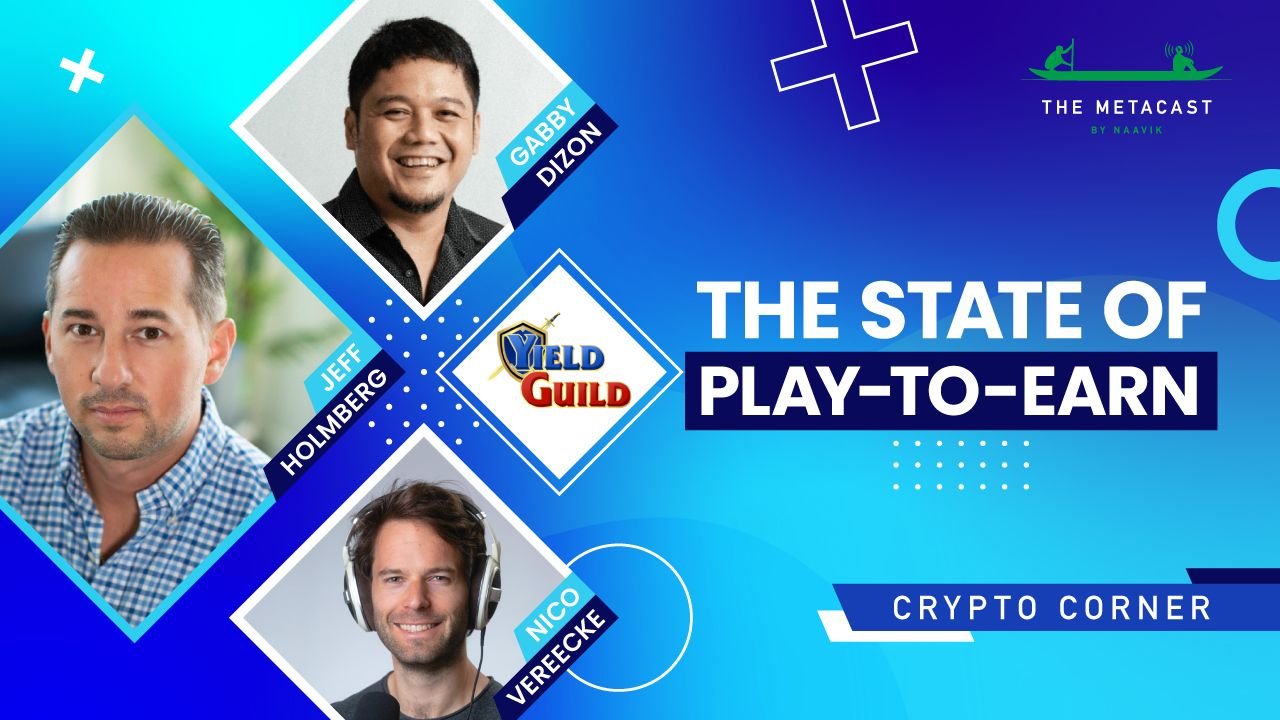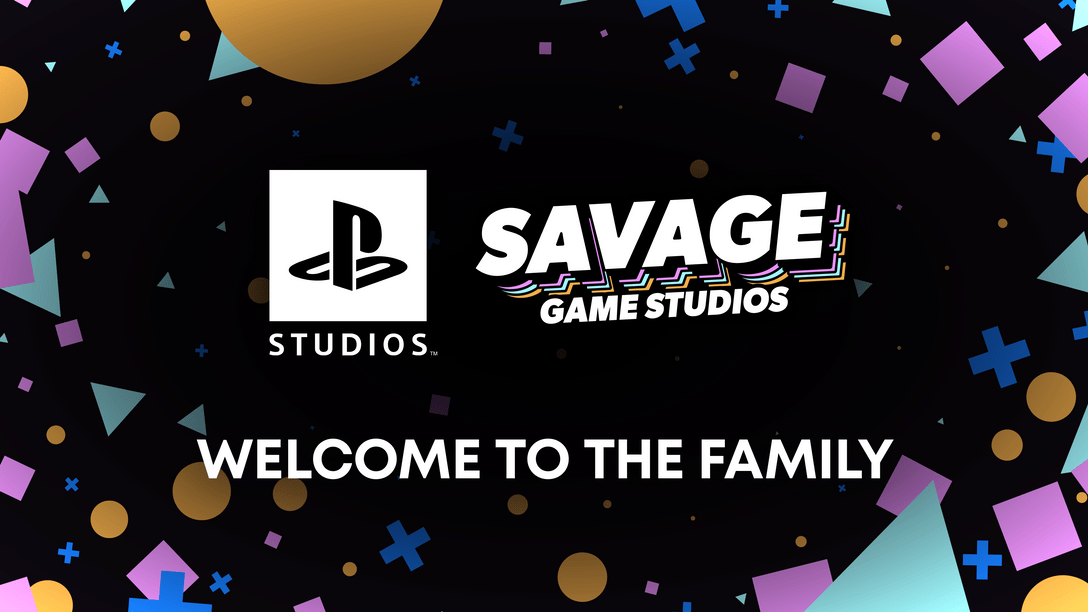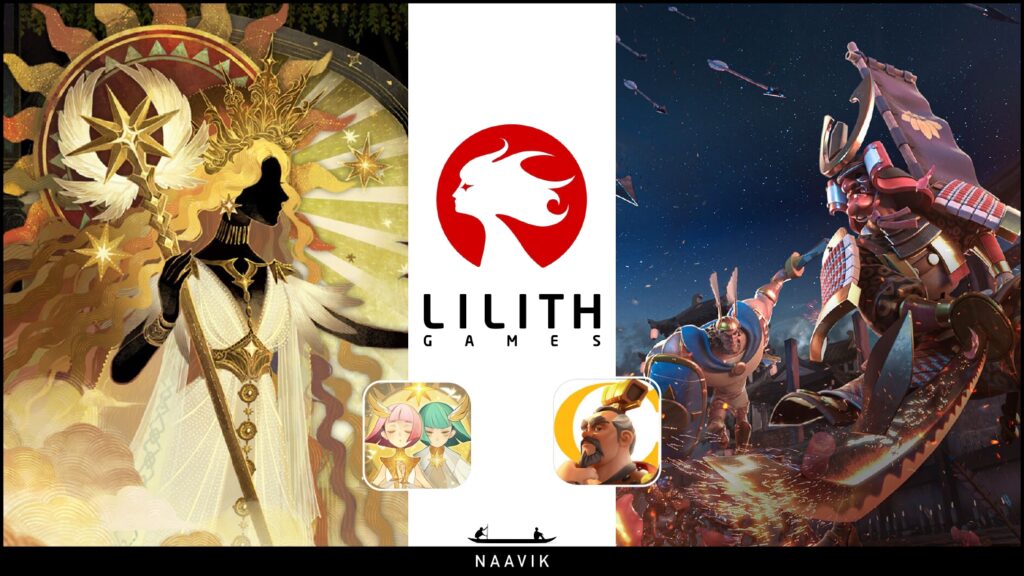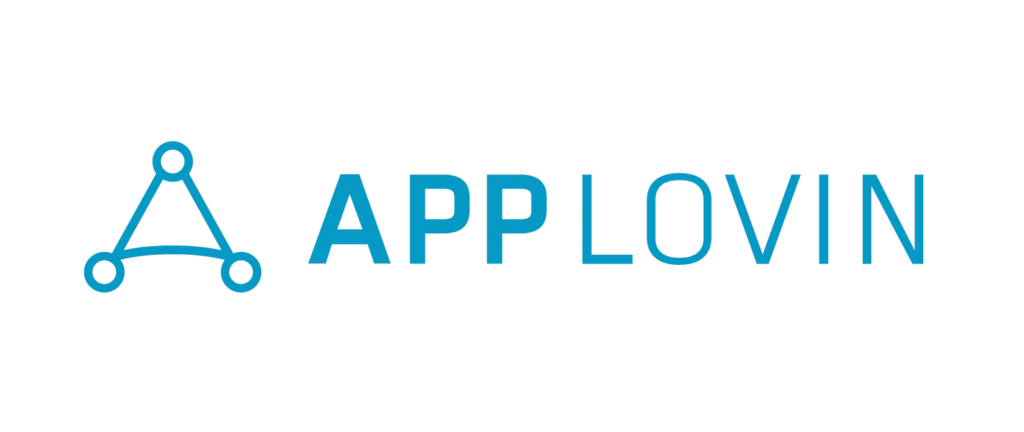Hi Everyone. Thanks for tuning in for another week of Naavik Digest. If you missed last week’s edition, we wrote about Limit Break— their massive fundraise and what to look forward vis-a-vis the “free-to-own” model. Check it out and let us know what you think.
This Week on The Metacast
The Current State of Play-to-Earn — On this week’s Crypto Corner, Yield Guild Games’ Gabby Dizon and Jeff Holmberg join Nico Vereecke for a follow-up conversation about Play-to-Earn Gaming Guilds. They discuss:
- The state of Play-To-Earn
- The role of guilds in Web3 Gaming
- How Web3 Games should position themselves
- What makes guilds like Yield Guild stand out
You can find us on YouTube, Spotify, Apple Podcasts, Google Podcasts, YouTube, our website, or anywhere else you listen to podcasts. Also, remember to shoot us any questions here.
#1: Limit Break Raises a $200M Pre-Launch Round
Source: PlayStation
Last week, PlayStation Studios announced it is acquiring the Finnish startup Savage Game Studios. Savage was founded in 2020 by former Rovio and Wargaming employees, and it has a distributed team of twenty-odd developers in Berlin and Helsinki. Last year, Savage raised $4.4M to build and publish a mobile free-to-play shooter game. Savage’s founder CEO is Michail Katkoff, who is perhaps better known as the founder of the industry blog and podcast Deconstructor of Fun. Other founders include game director Nad Adjir and tech lead Mike McManus.
It’s no secret that Sony has been looking to expand its presence in games outside Playstation’s home consoles. As recently as last May, Sony Interactive Entertainment president Jim Ryan declared that by 2025 half of Sony’s annual game SKUs will be released on mobile and PC. For mobile specifically, Ryan outlined plans to partner with successful mobile developers and to build wholly internal mobile teams. We know now that Savage is the first of these internal development teams.
Furthermore, Sony has been bullish about building expertise in live service games, and for a good reason. It has already been years since the free-to-play business model eclipsed premium games in revenue. Yet still today, Playstation Studios is mainly known for first-party single-player titles: Uncharted, The Last of Us, Horizon, and God of War, among others. These are fantastic intellectual properties with no live-serviced games and zero mobile presence.
Earlier this year, Sony acquired Bungie for $3.6B. Bungie is still known for being the original developer of Halo, and rightfully so, as the company’s attention to detail in gunplay is still today second to none. Yet the U.S.-based developer managed a perhaps more considerable feat: a successful transition from a triple-A developer into a live ops powerhouse. With Bungie, Sony now has its foot in the door in big screen free-to-play; it hopes Savage is its ticket to doing the same on mobile.
Assuming that the development of Savage’s game proceeds as planned, the newly-acquired studio has two obvious choices. First, it can continue on their mobile shooter as usual and ship it as PlayStation Studios’ very first mobile original IP title. Alternatively, it can pick and choose a suitable property from Sony’s vast IP portfolio and rework its in-development title into, say, a mobile version of Uncharted. Both seem like compelling routes.
Whichever it may be, one thing is sure: Savage Game Studios will not be the last mobile studio that PlayStation acquires considering its ambitions. Future of triple-A is cross-platform. Whether it’s separate titles for mobile and PC in the vein of League of Legends and Call of Duty (especially CoD given their public outcry on the subject), or delivering true cross-play in the style of Genshin Impact, players already expect to play their favorite games on multiple platforms on the big screen. Sony’s journey toward this goal has only just started. (Written by Miikka Ahonen, Co-founder of Lightheart Entertainment and next door neighbor to Savage Game Studios’ Helsinki office)
Content Worth Consuming
How Do Europe’s Gamers Compare to America’s (Gi.biz): “The Interactive Software Federation of Europe and the European Games Developer Federation today released their Key Facts report, an annual overview of the European market that provides a snapshot of who is playing games, how much they're spending on them, and other such details. While it's valuable to have such data points, most of the numbers only change modestly year-to-year, making headline takeaways sometimes difficult to find for news organizations. So this year we thought it would be interesting to compare these Europe trade groups' bigger picture report with that of its American counterpart, the Entertainment Software Association's Essential Facts report, normally released around E3 each year.” Link
How Level Design Saved A Game with a 20% R1 (PG.biz): “In this guest post, Dmitry Zusman from Azur Games discusses the process they took to increase day one retention rate (R1) – and become profitable as a result.Taxi Run came out about two years ago and is still profitable. This article, however, is not so much about the revenue and metrics (although they’ll also make an appearance), but about a game that failed two tests and managed to become profitable after a radical revision of the level design. A new approach to using assets in a hyper-casual game played a big part in the process as well.” Link
Live Service Games Need To Respect Their Dedicated Players More (Polygon): “But the wider update was not nearly as appreciated. Since the Captaincy update’s launch, the game’s subreddit and official forums have been flooded with posts decrying the new “milestones” system, a layered series of trackers that are supposed to “allow you to look back on all the unique things that you’ve done,” as the game’s creative director, Mike Chapman, phrased it in the studio’s recent season 7 deep dive video. The thing is, Sea of Thieves’ most dedicated players have already been doing “unique things” — and plenty of not-unique things — for over four years. The game’s menu has pages and pages full of “commendations” that track everything from the distance you’ve sailed under the flags of specific factions to the number of skeleton ships you’ve sunk since achieving Pirate Legend status. But the new milestones all begin at zero progress, no matter how many dozens, hundreds, or thousands of hours a player already has in their log. Veteran players may have already earned tons of gold, completed hundreds of quests, and slayed dozens of Megalodons — but if you want any of those new trinkets or rewards, you’ll have to do it all again.” Link
The Great Consolidation of The Video Games Industry (The Ringer): "In some ways, acquiring a video game company (like any other) is this easy: Identify a target; put a big enough number in front of the right people; wait for them to say yes, perhaps after offering them a slightly larger number. But over the past few years, this process has been replicated across the video game industry more rapidly and lucratively than at any other stage in its history. According to the investment banking firm Drake Star, the total deal value for 2021 was $85.4 billion across 1,159 deals. That total was surpassed in the first six months of 2022, when $107 billion changed hands over 651 transactions. While the numbers have slowed in recent months (like the industry at large), mergers and acquisitions (M&As) have dominated almost every facet of gaming discourse: the headlines of sites; the content of YouTube videos; conversations between studio owners; fans’ forum posts.“ Link
🔥Featured Jobs
- a16z: Investment Team Analyst (Remote)
- Disney: Business Games Analyst (Remote)
- Hidden Leaf Games: Product Manager (Remote)
- Naavik: Content Contributor (Remote)
- Naavik: Games Industry Consultant (Remote)










